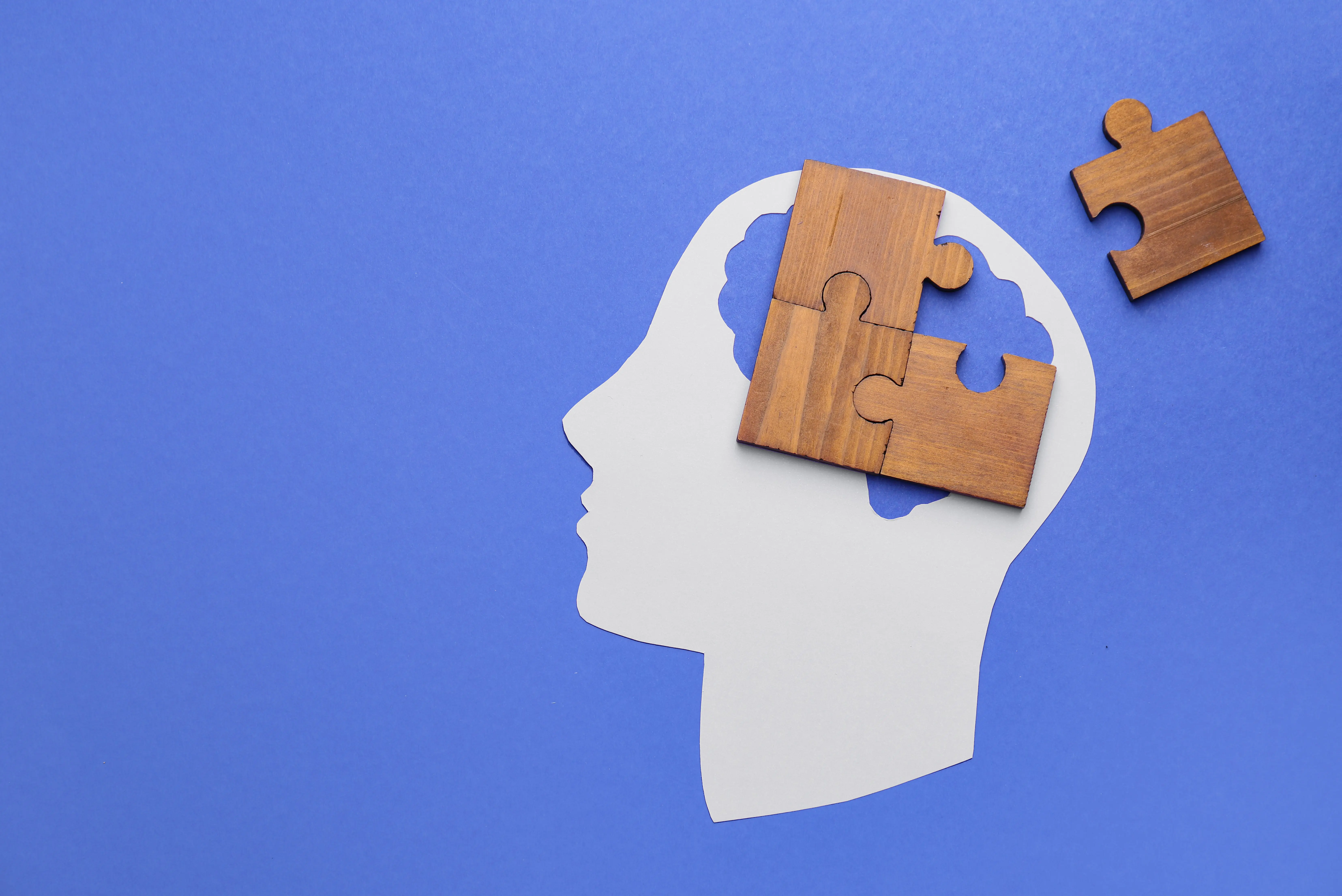A healthy work-life balance is more important than ever in our fast-paced work environment. But what does it actually mean to balance work and personal life? And how can you develop a sustainable balance that promotes your well-being while also enabling professional success?
What is work-life balance really?
Work-life balance refers to the harmonious equilibrium between professional obligations and personal needs. It is not about a perfect 50:50 split, but about the individual balance that fits your lifestyle and goals.
Modern research shows that a balanced work-life balance not only reduces stress levels, but also increases productivity, strengthens the immune system and reduces the risk of burnout and Cardiovascular diseases reduces.
The health effects of an unbalanced balance
When work and private life are out of balance, it quickly becomes noticeable:
Physical symptoms:
Psychological stress:
- Increased stress levels and anxiety
- Difficulty concentrating
- Irritability and emotional exhaustion
- Feeling overwhelmed
Social consequences:
- Neglect of relationships
- Less time for hobbies and interests
- Isolation and loneliness
7 proven strategies for an optimal work-life balance
1. Set clear boundaries between work and leisure
Define fixed working hours and adhere to them consistently. Set up a separate workspace if you are working from home and consciously "leave" it after work hours. Turn off work emails and messages outside of working hours.
2. Set priorities and learn to say no
Identify your key tasks and goals both professionally and personally. Learn to say no to additional commitments that do not align with your priorities. This creates space for what truly matters.
















